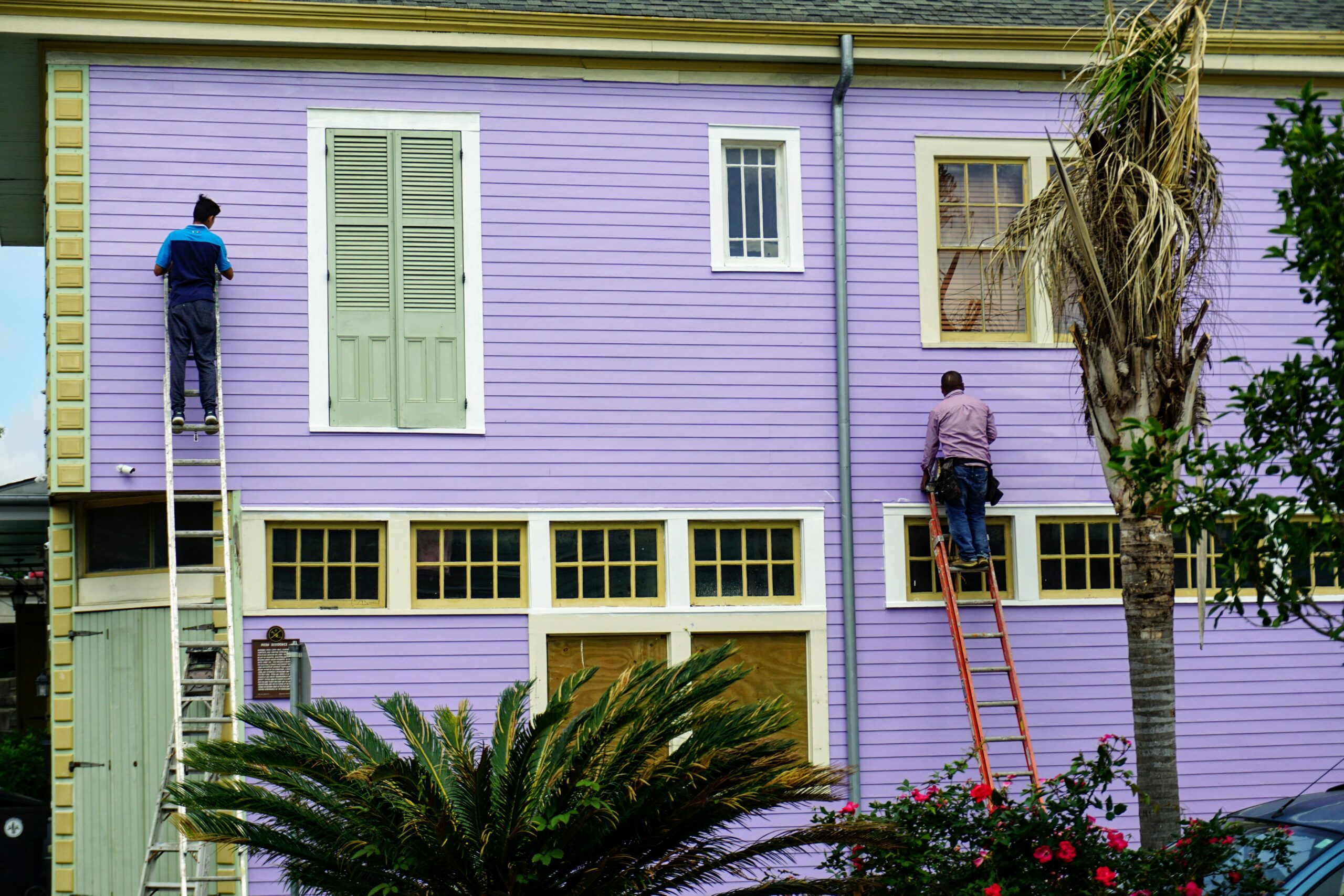As of 2025, sustainable paint is revolutionizing home renovation. More homeowners are showing interest in picking eco-friendly paint options that lower the carbon footprint of their properties.
Besides the primary paint, many consumers also consider green coatings. Precedence Research predicts that the green coatings market will cross USD 223 billion by 2034.
But wait – are these eco-friendly paints and coatings financially viable for the average homeowner? How is it even possible for such products to be environmentally conscious?
Let us discuss the viability and efficacy of these paints to help you decide if they are the right choice for your next home renovation.
Which Paints Are Eco-Friendly and How?
What makes some paints better for the environment is their composition. Environment-friendly paints don’t have harmful ingredients like heavy metals and solvents. Instead, they use plant-based materials.
Similarly, green coatings use natural components like clay and castor oil. They don’t emit volatile organic compounds during their manufacture. It improves indoor air quality and also lowers the risk of global warming.
Some cities in the US have taken proactive steps to meet sustainability goals through community initiatives. For example, Bellevue has embarked on a “Sustainable Bellevue” program that aims to reduce greenhouse gas emissions by 95% reduction by 2050. A Bellevue painting contractor who understands how to work with non-polluting paints can further this mission effectively.
Besides their environmental benefits, these paints are much safer for children and pets. They can be less worrisome picks for those with allergies or asthma. Moreover, the lack of odor – that new paint smell – means you can move back into the house faster.
Do Environment-Conscious Paints Last Long Enough?
One recurring doubt about such paints is that they may not last as long. Homeowners fear getting compelled to re-invest in renovation after only a few years.
Fortunately, advancements in this field have ensured sustainable paints last almost as long as their synthetic counterparts. Lime paint can stay over a decade, while clay can be undamaged for 7-10 years. These timeframes are indicative since factors like maintenance and weather conditions can affect the paints.
EA Pro Painters recommends focusing on sustainability to build a healthier living space, contributing to benefitting the planet. Experienced professionals can use the latest techniques to work with eco-friendly materials to deliver functional and aesthetically pleasing results.
For instance, some areas in your house may need old paint removal to deal with blisters before applying a new coat. It will ensure that sustainable paint can remain intact for several years without flaking. So, the professional’s experience and skillfulness will play a vital role.
Are Eco-Friendly Paints More Expensive?
In one sentence: yes, they can be.
Greener paints use renewable materials, which can be trickier to source than petrochemicals. Moreover, their manufacturing requires additional steps. This extra processing also makes them pricier.
The higher price of these options discourages many homeowners from considering them. Why not use cheaper paints for a project that is anyhow expensive and time-consuming? However, the scenario is not that simple. As an aware homeowner, one must develop a long-term perspective.
For example, the US News & World Report discusses how sustainable picks like limewash have negligible volatile organic compounds. Limewash also has antimicrobial properties and UV protection. These characteristics make it ideal for sensitive areas in the house, like a nursery. The advantages to health and mental peace are invaluable.
When you pick eco-friendly paint, you are investing in the health and safety of the family. Over time, it accrues significant benefits that can offset the upfront investment.
The Future of Eco-Conscious Paints
More research is underway to develop newer paint varieties that lower the carbon footprint of renovation projects. A recent development found a way to mimic naturally occurring colors on animals. This “structural” production could lead the way for manufacturing ultra-light, non-toxic paint.
An eco-positive paints industry requires the players to examine their business processes. So, not regulating water utilization or refusing to reassess waste disposal techniques will prove detrimental to a company’s sustainability efforts.
Consumers must also play an active part in improving the outlook for the sustainable paints sector. Since these products have distinct health benefits and offer durability, it is vital to reconsider the initial hesitation over a high price point. Businesses can lead the way here, choosing ecologically sound alternatives for warehouses and factories.
As these developments gather momentum, customers must develop sufficient understanding and prioritize transparent communication. It is crucial to differentiate authenticity from mere greenwashing.
To this end, customers can side with products and companies that share concrete evidence of their environmental commitment. It is a confidence-instilling approach that lets us make better choices without getting duped. The Conversation has an excellent guide to greenwashing that customers can use to make conscious decisions.
Continued evolution in this field is likely to make sustainable paints more affordable in the future. The revolution is quiet but is picking up speed rapidly. It promises to change the tidings for home renovation, allowing homeowners to become changemakers for a greener world.
Read more from techbullion



































